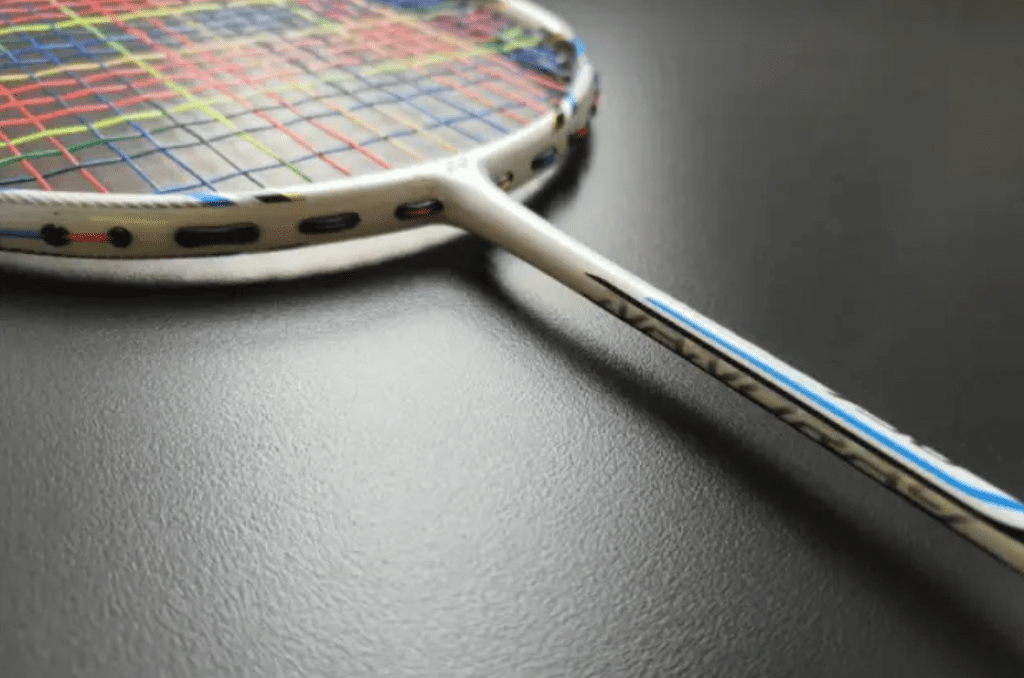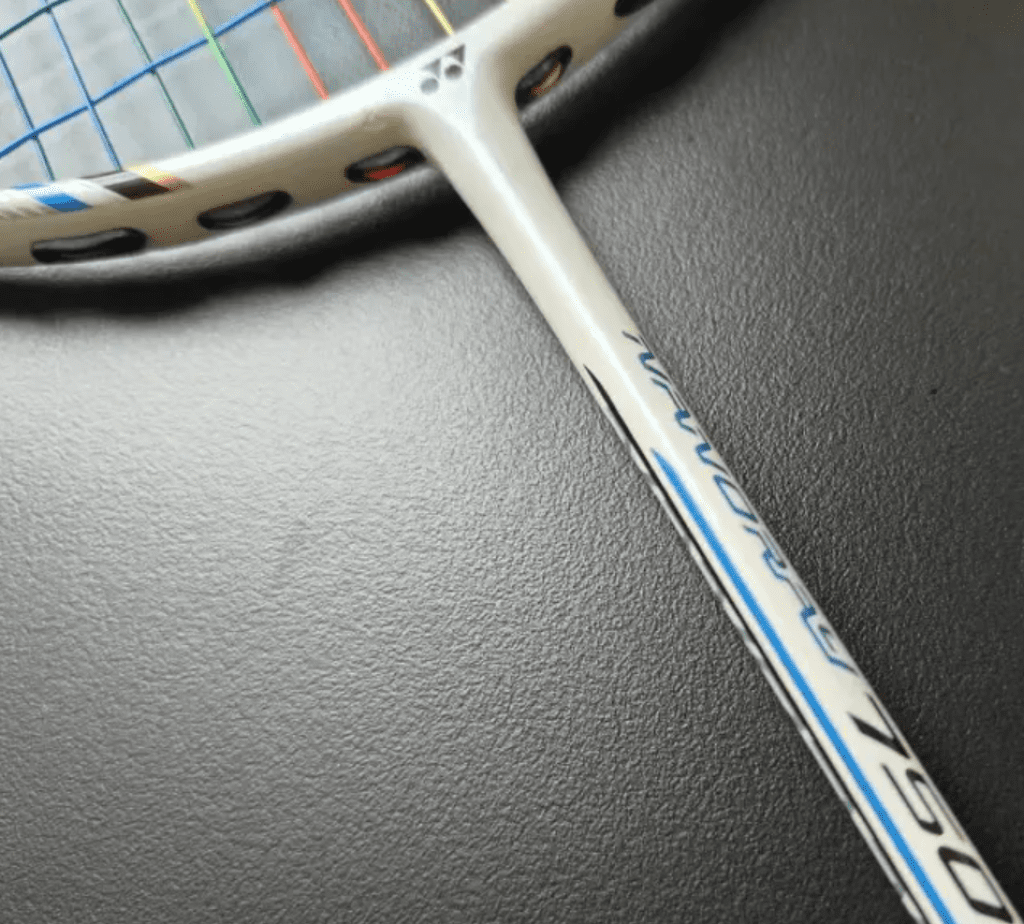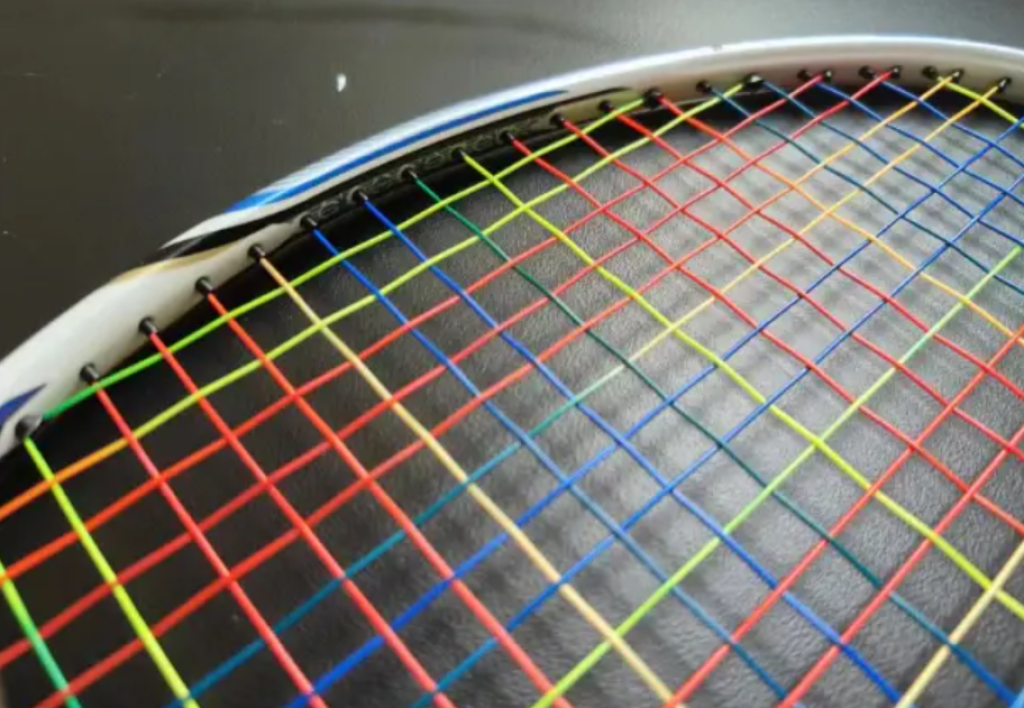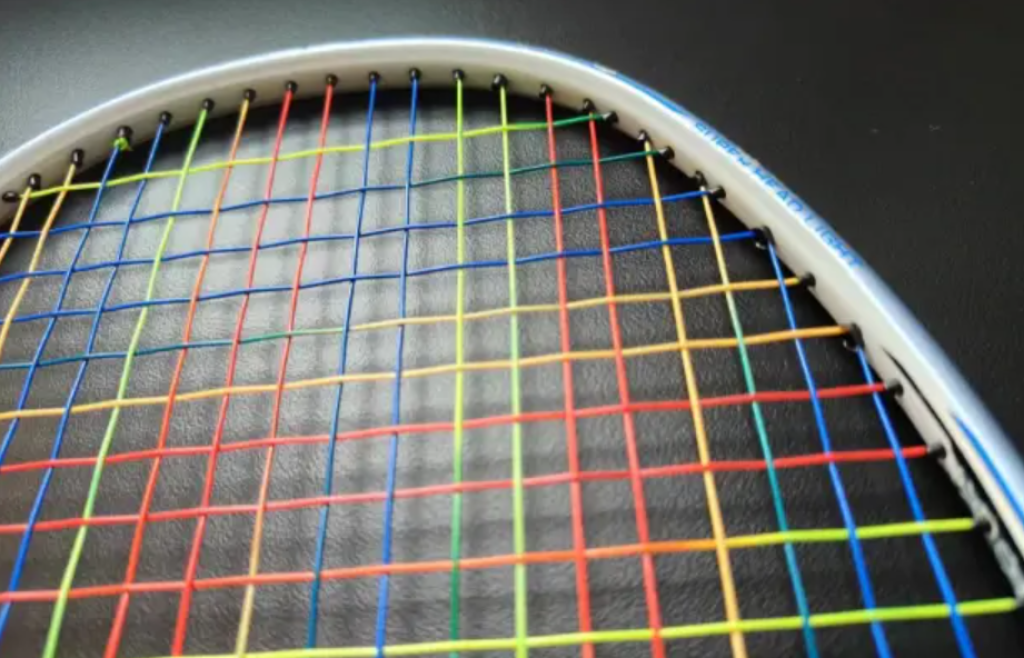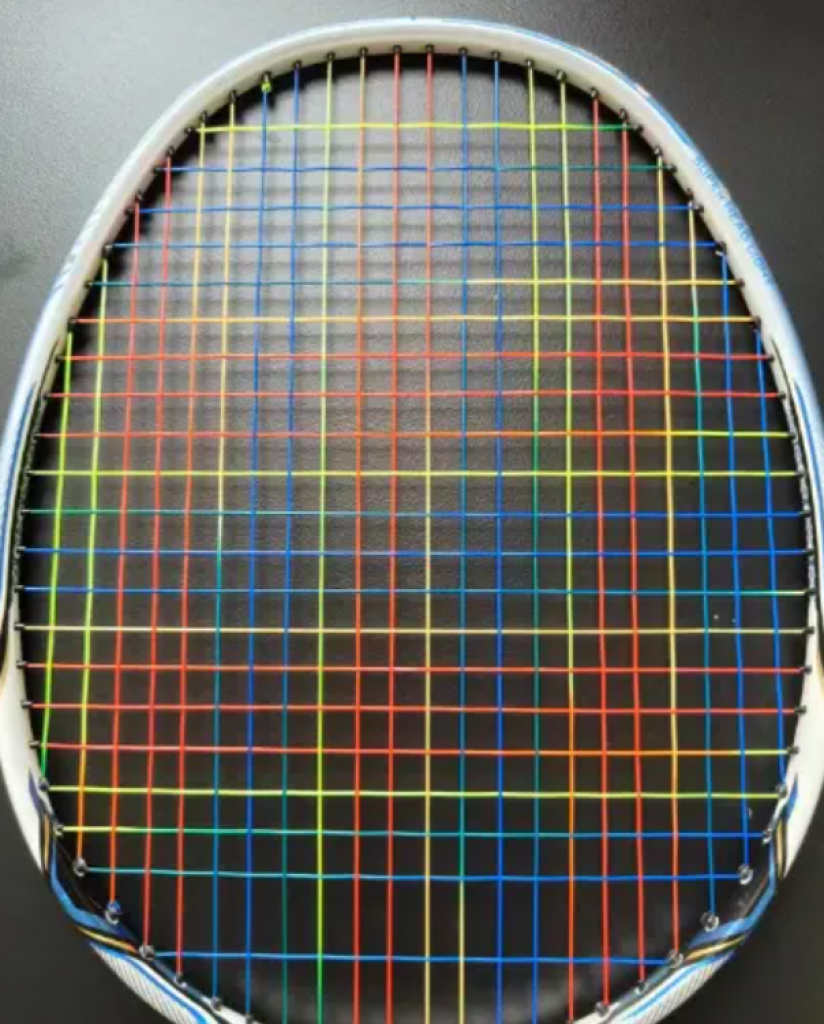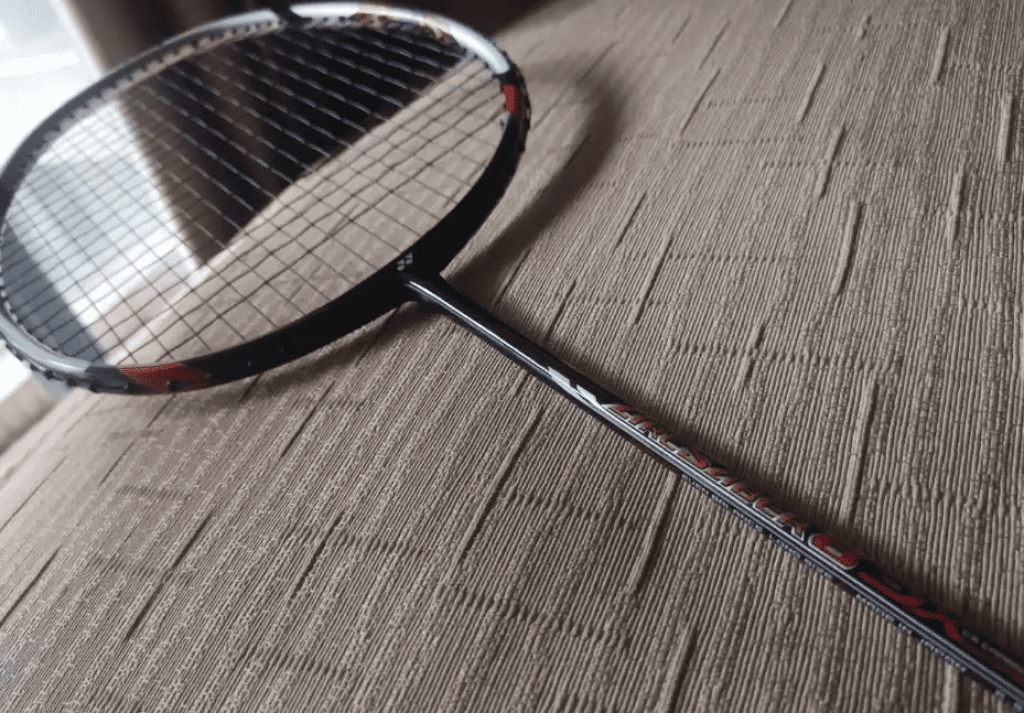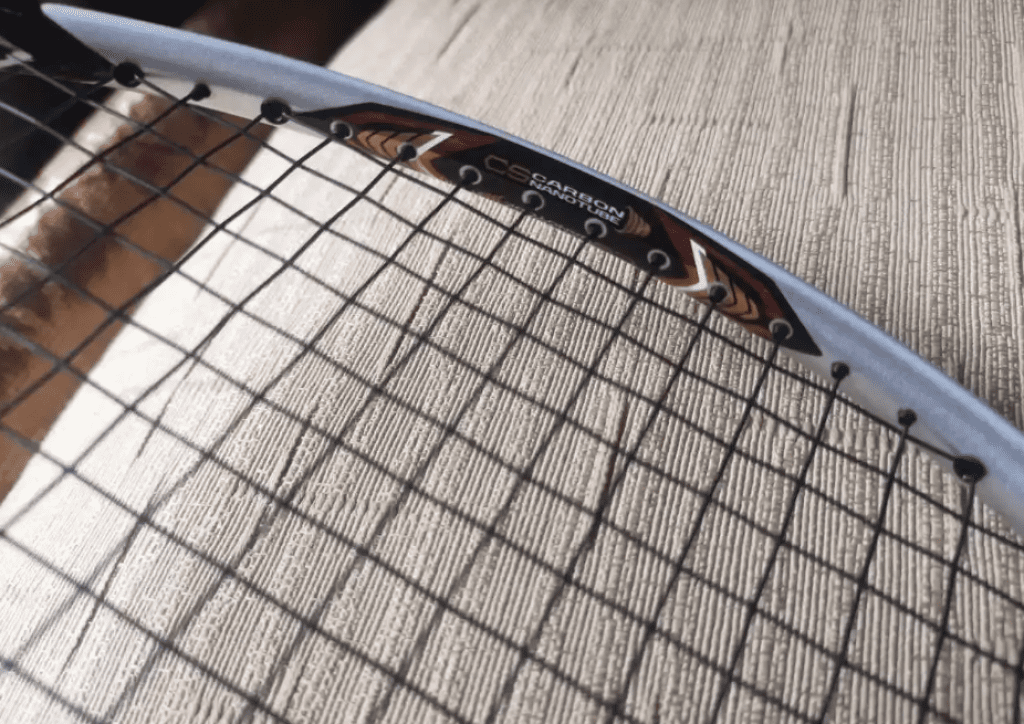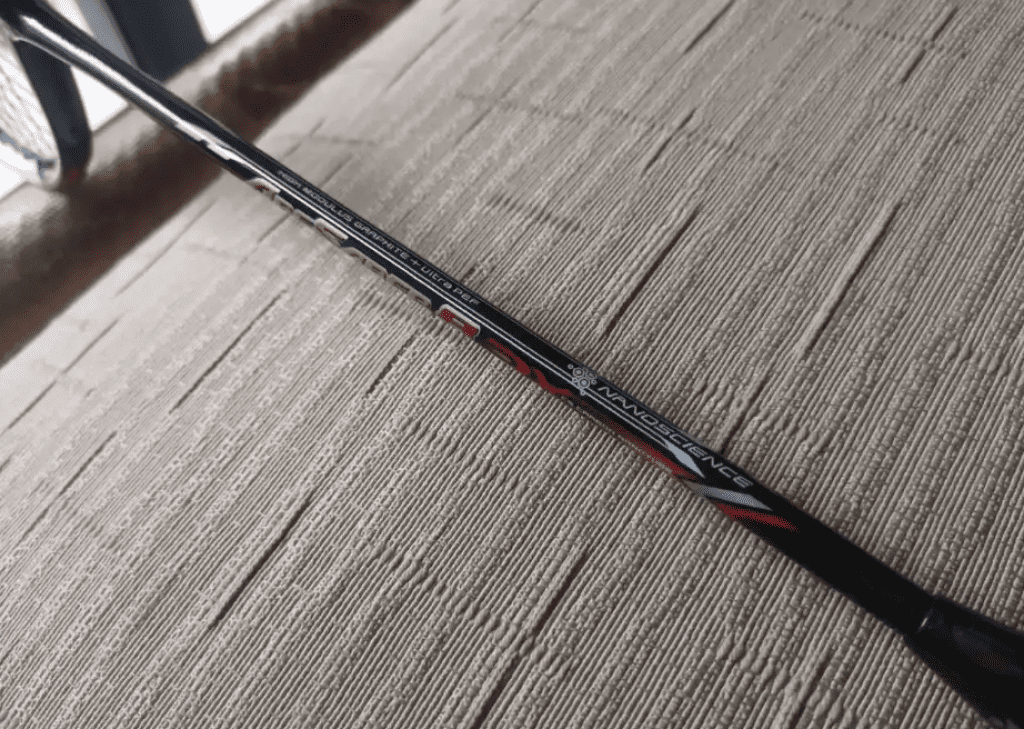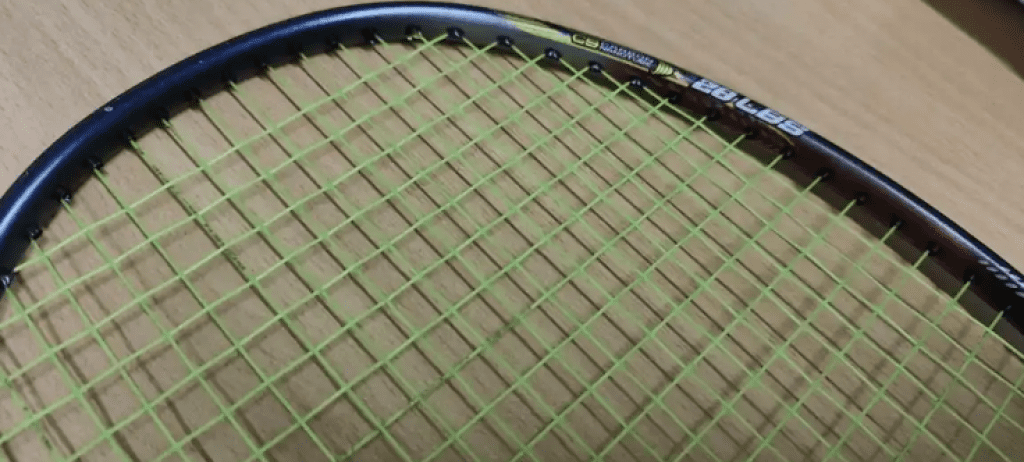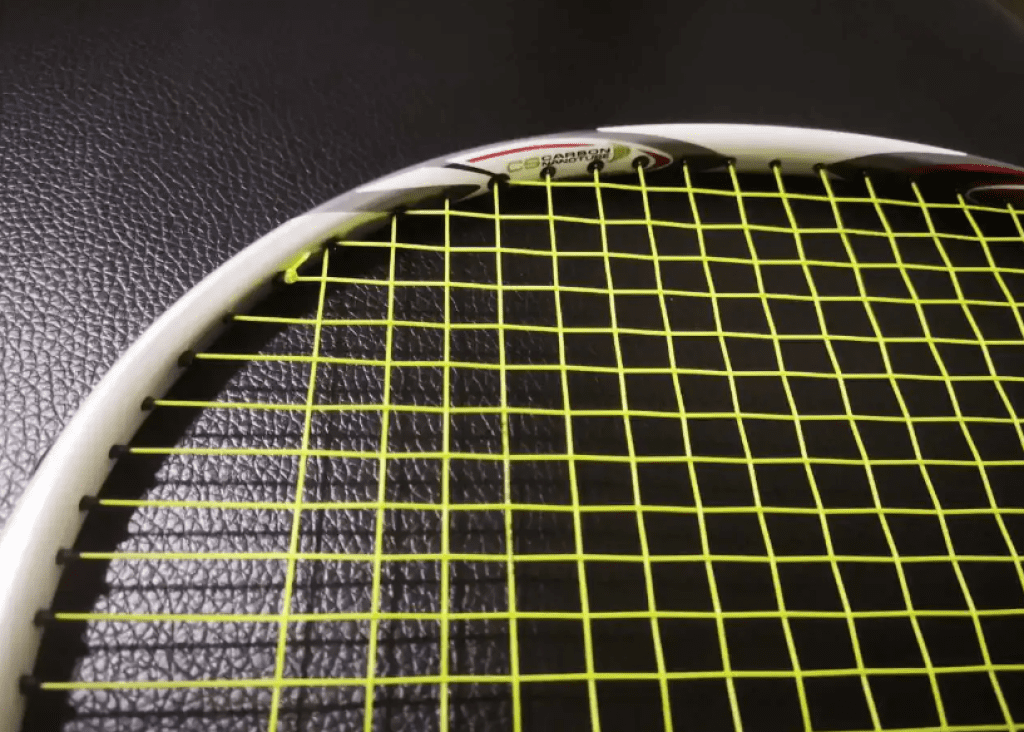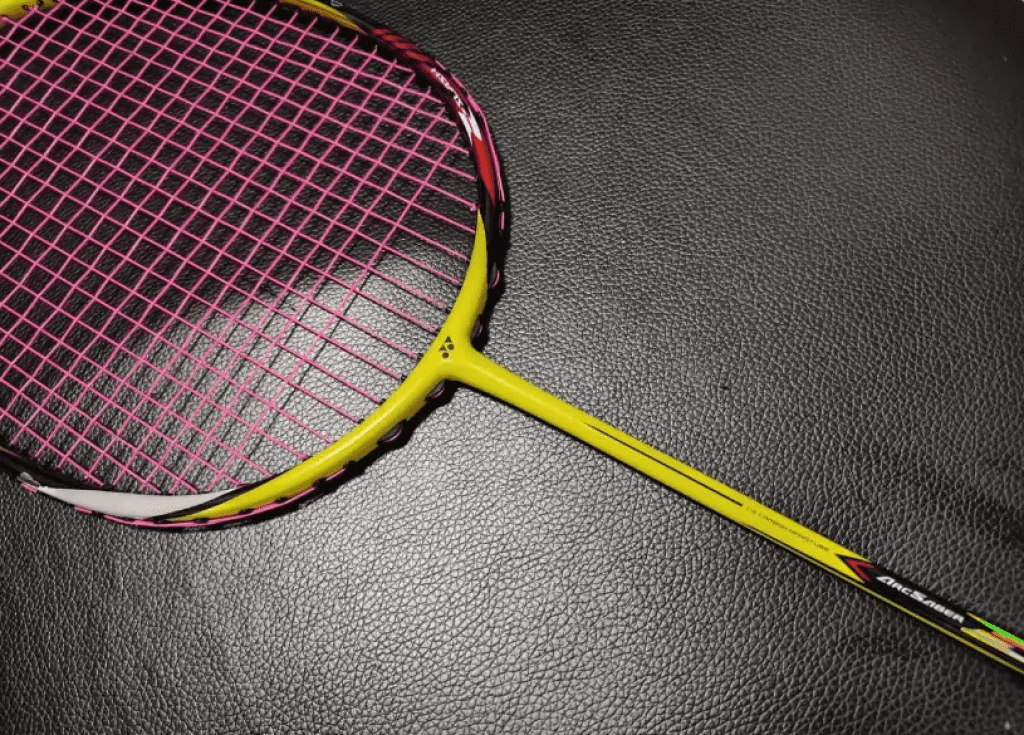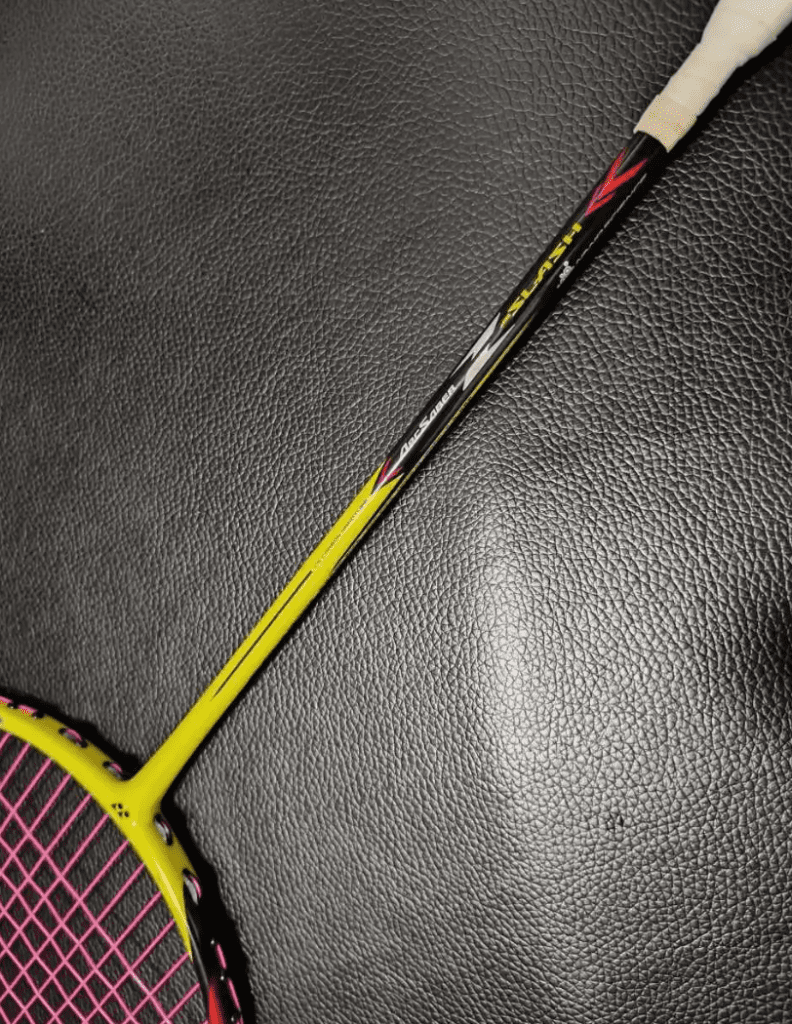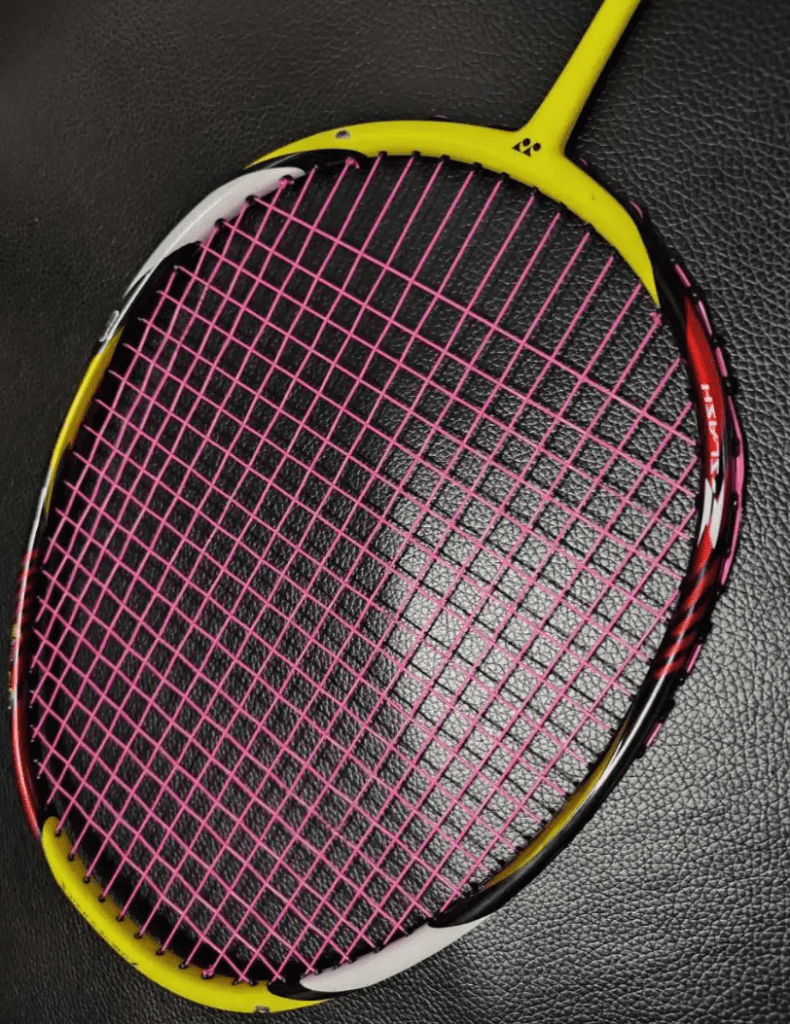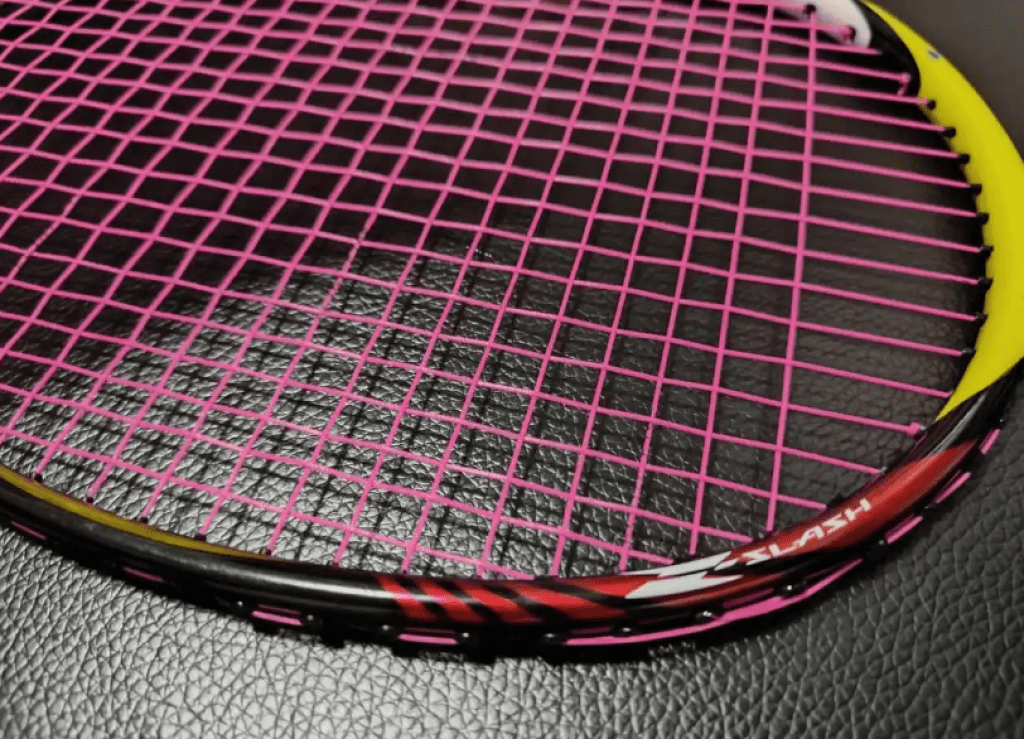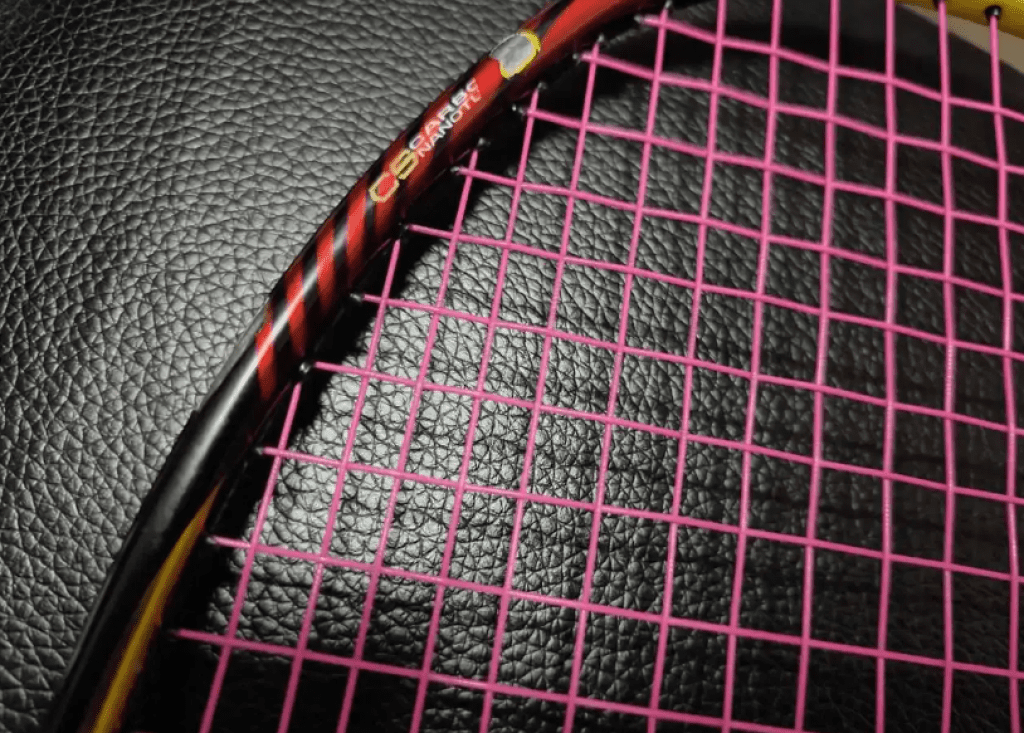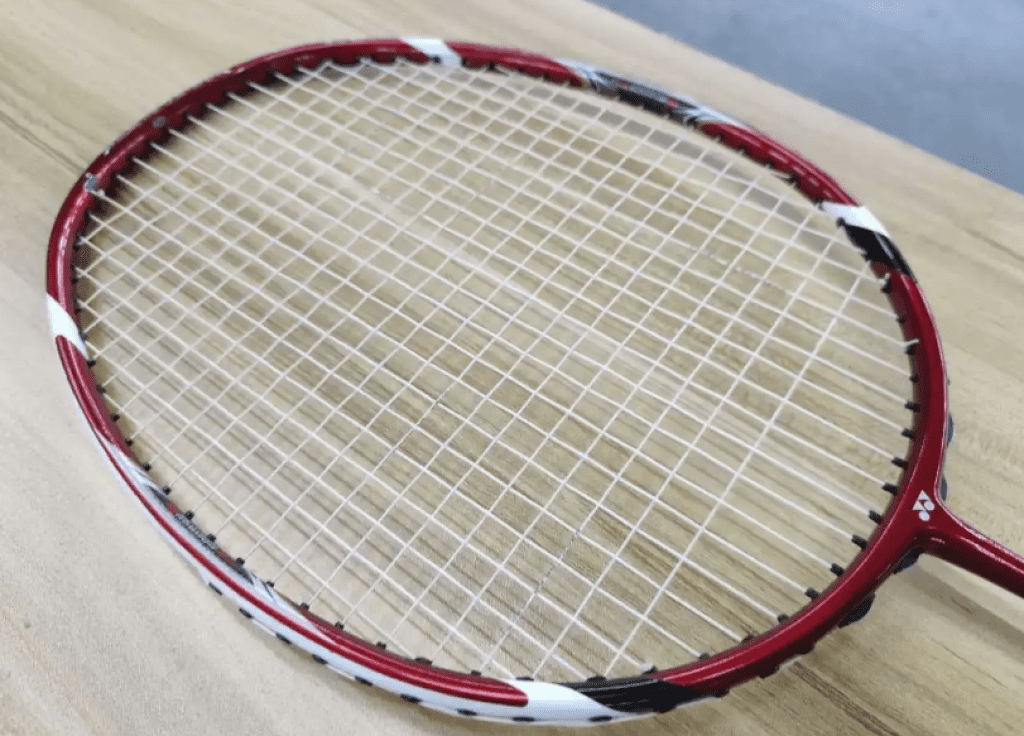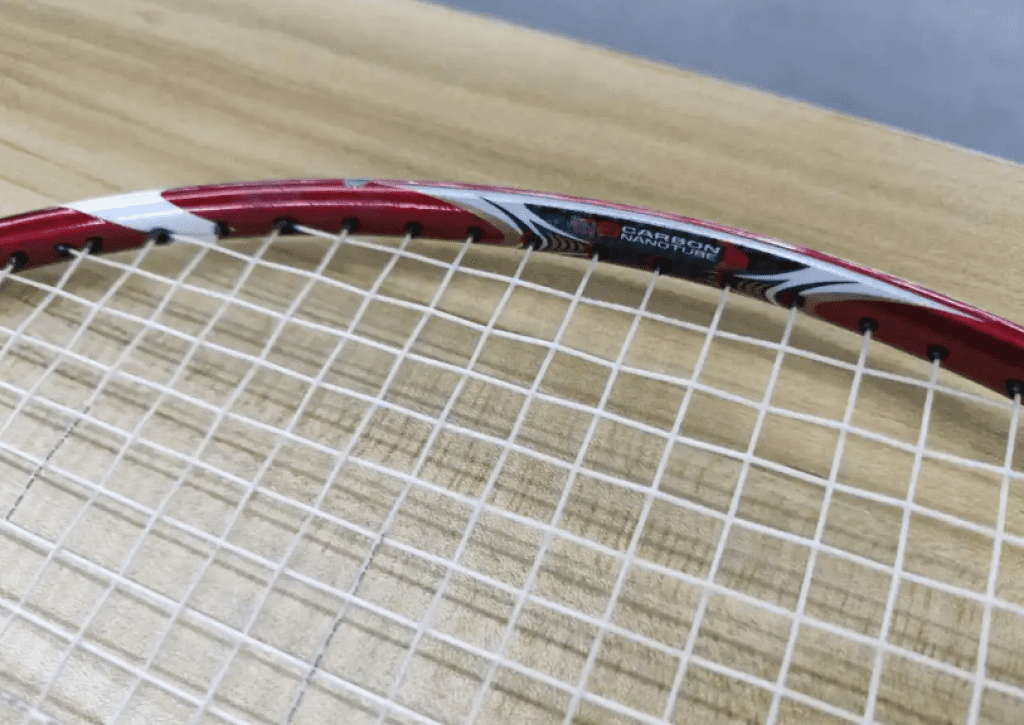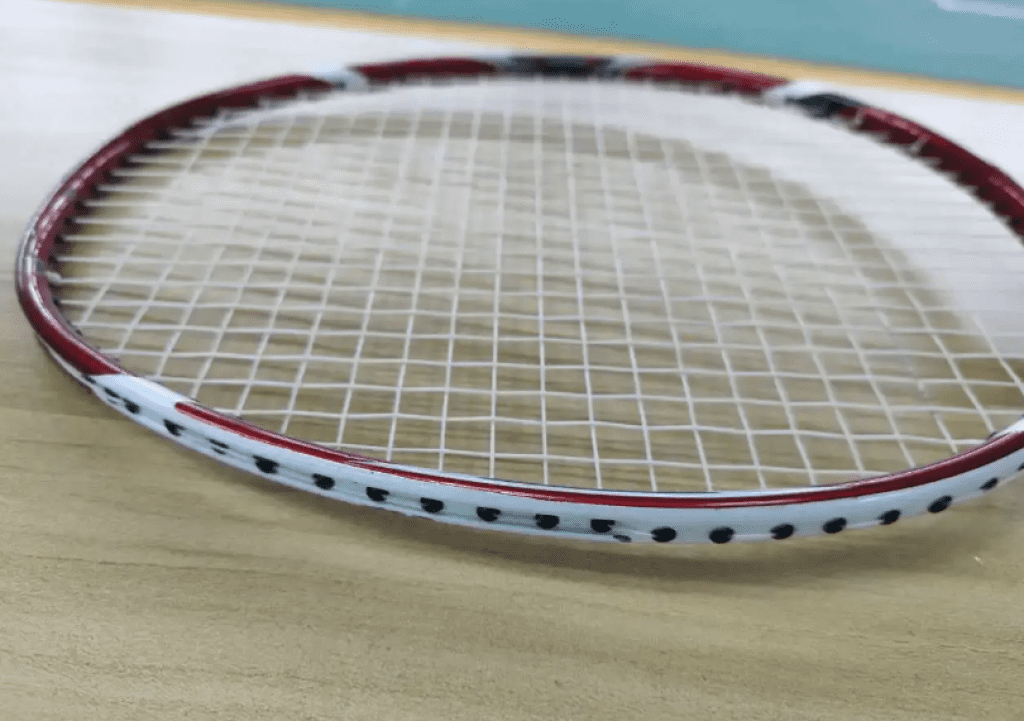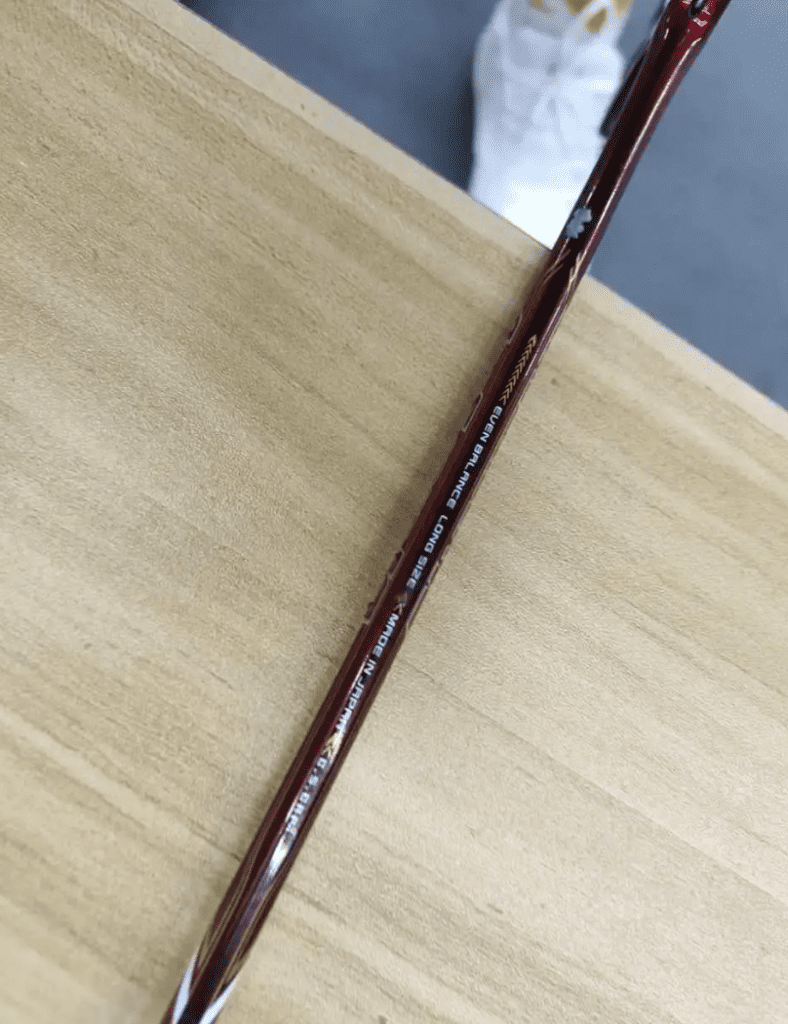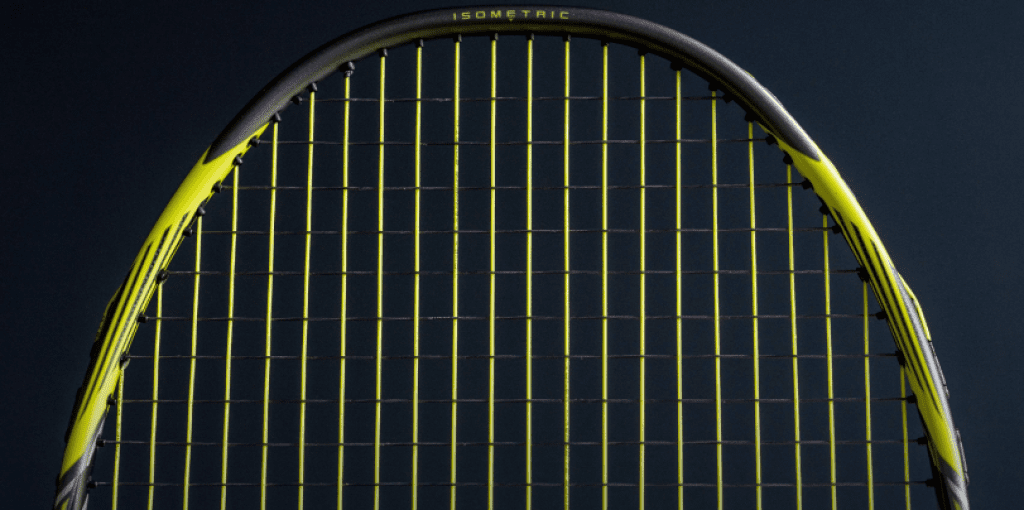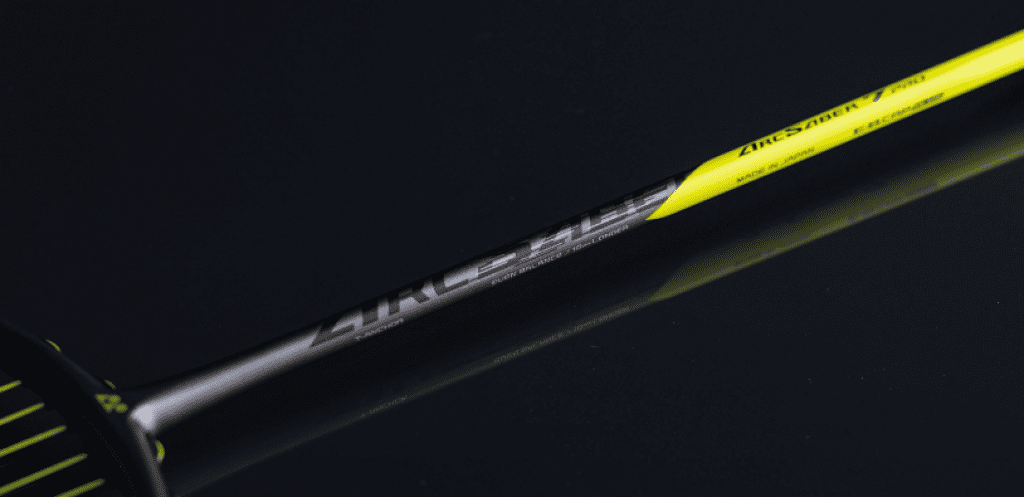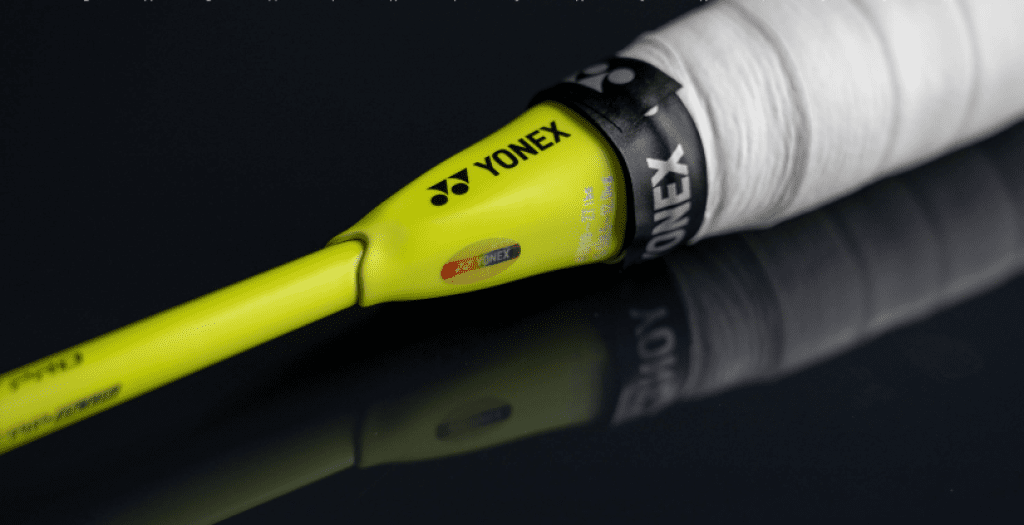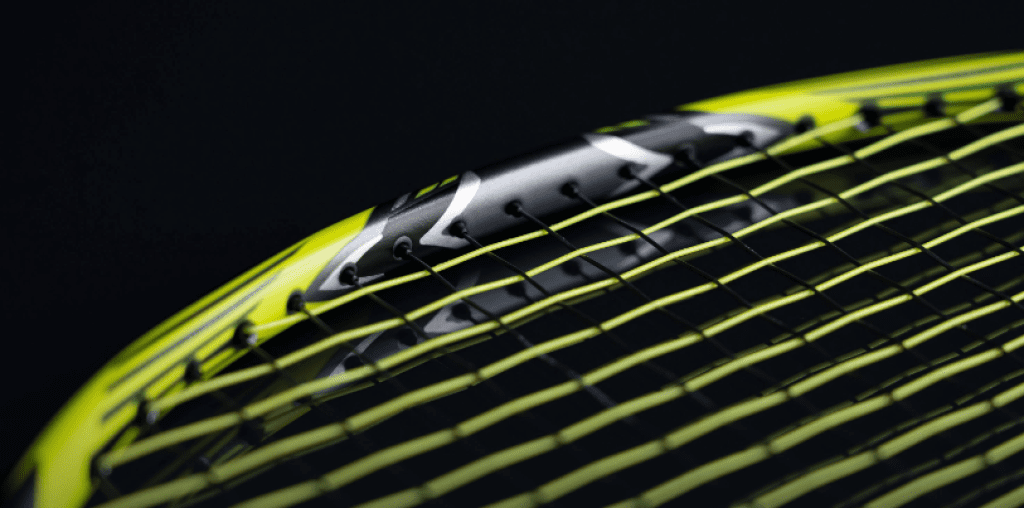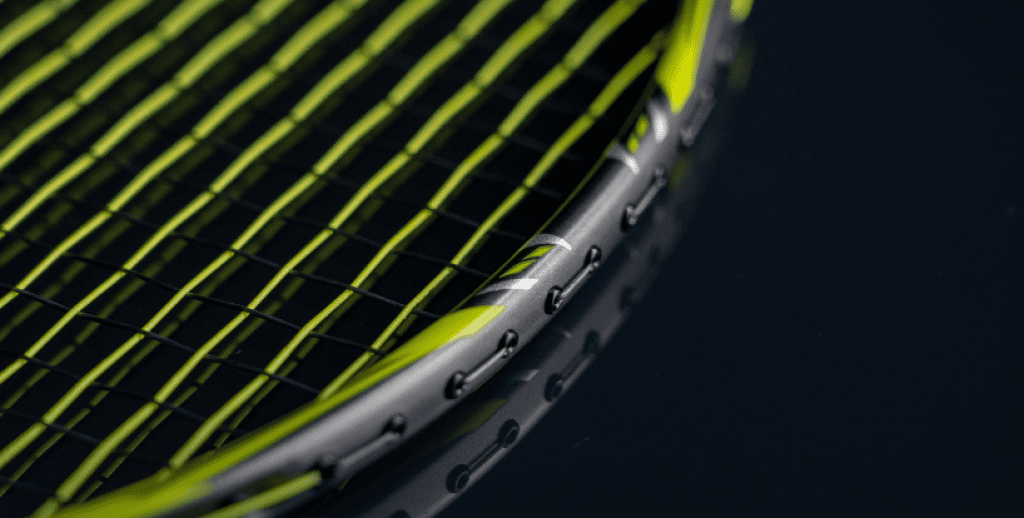Big brother naturally have big brother’s bottom, these three words, each of them say its weight.
“Old” is the birth of the year early, as took over the ns series flag speed beat, the current nr series has obviously entered the twilight of the series, and it has long been discontinued. “Big” is the word of mouth, sales and field performance on the joint casting of greatness, not only is the aspect of Hengshan, so far there are still high-level ball players recognize this model, open the ball bag, 3 nr900, 2U. ‘Brother’ is the status of the series of authority to start with a 9 The number of the number for the three major are bound to be placed in the ultimate flagship racket, that is, rash ZSP also have to shout its predecessor.

Parameters: 3UG5, bottomless, total weight in use 90.0g, balance point 298mm, center pole length 205mm, hard tuning, 9-3 point line slot, fluid box frame with 4-8 point thin wing windbreak treatment, warranty 24 pounds, pull line 26-28lbs xb63.
Gray and black, subdued, understated but airy, showing a taut charm. In every variation of the frame, it is not stingy with the flash stickers and onion green hard line design, if you can give a little patience to adjust the angle, this mediocre stickers will be bursting with sparkling fire like jewel-grade zirconia. Elegant, very elegant.
It’s a unique frame, transitioning from a plain boxed but 4 and 8 o’clock windbreak finish on the T-head to a plain boxed two-winged and then a thin-winged fluid windbreak frame on the head. Not only the shape, even the thickness varies, like every part of the shape has been carefully tuned. Compared to a lot of doubles rackets with aggressive full windbreaker treatments today, the idea of optimizing the performance of the racket that it takes into consideration sends shivers down my spine like electricity passing through it. Unfortunately, the lacquer strength isn’t great and is prone to flaws.

At first hand contact, it has a thin enough center bar that might lead the uninformed to believe that this is a racket of the moment. In addition to the size, the weight configuration is very different. I didn’t even wrap the cushioning film, and any other racket that messes with the balance point like this would normally have to go up to 305mm, but when I weighed it at the end of the trial, it was less than 300. It’s 3U, and also “head light” as labeled in the center bar, and the feeling in my hand is not too light but not too heavy, and I feel like I’m free to use it. Since then, I fully understand how much the 2U version of this racket is favored by high-level gourmets.
From my experience with the ns8000, even though this type of racket was made stiffer in those days, I’m afraid that in today’s environment where hard-tuned rackets can be found everywhere, I’m afraid that the hardest level of the year would have heard a lot of voices saying, “My lord, the times have changed”. The hardness of the racket is amplified by the 205mm center stick, which makes it difficult to drive, but the regular sweet spot and smooth swing speed make it quicker for advanced players to adapt. The feel feedback is good, but the flex level does fall off a bit, and this setup is destined for more scenarios that require active power handling, and I was surprised to be overwhelmed by a girl with a Sky Axe 77 when acclimatizing to the Sky Pull High, although it does have a physical hold in it as well.

With the NR900’s reputation as the king of flat draws, it was only natural to test whether it lived up to its name in a fast-paced matchup. It did, and on top of being solid out of the ball, it did it fast enough. It was fast enough on top of being solid, and it was forgiving enough on top of being solid. Stability is the common result of the highest performance carbon racket combined with most of the box frames; fastness is the common result of the low wind resistance frame and low swingweight. And the forgiveness is actually the most amazing part for me. Compared to the high loss rate of zsp with a reduced frame when closing the net and the difficulty of being pinned down on the low backhand, the NR900 comes back with a regular frame size. I wouldn’t have marveled at it if that was all, but mainly because the NR still returned decent quality returns even after hitting the zsp during the various flat draw blocking phases of the trial. The most outrageous thing is that before I got used to the NR, it was obvious to me that there were several instances where I was able to continue the pace of the ball even after hitting the frame, which is a first. No freak out, it was all pocketed.
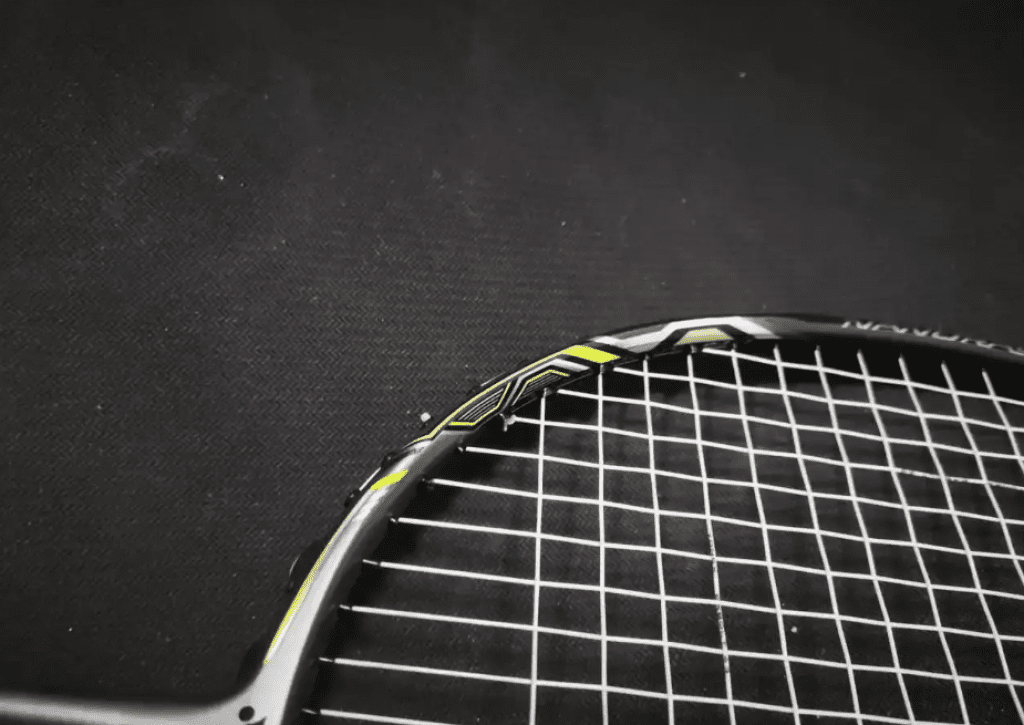
The downward pressure relies more on active power, obviously, but it’s a racket that’s very comfortable to handle any way you want when you get the initiative. Because of the low swingweight, you don’t have to worry about loading the small arm for half chances to come up and you can just point it off, usually in a more accurate way, and the racket has good directionality, showing a torsional resistance that’s rare in a speed racket. At the same time, it does not have a small racket frame kind of line bed contact head time is very short, on the collection of power, twisting power control effect is also very good, such as the back court of the collection of hanging and net to get the high point of the grab and put the dial diagonal and so on. There are a lot of tools, all very colorful, but I personally think it still lacks a little bit of explosive power in the strong attack, especially compared to the extreme racket such as zsp, in my hand lacks the feeling of a siege hammer. Of course, the racket’s consistency is excellent, and it doesn’t let scoring opportunities slip out from under my nose when there’s a winning momentum.’
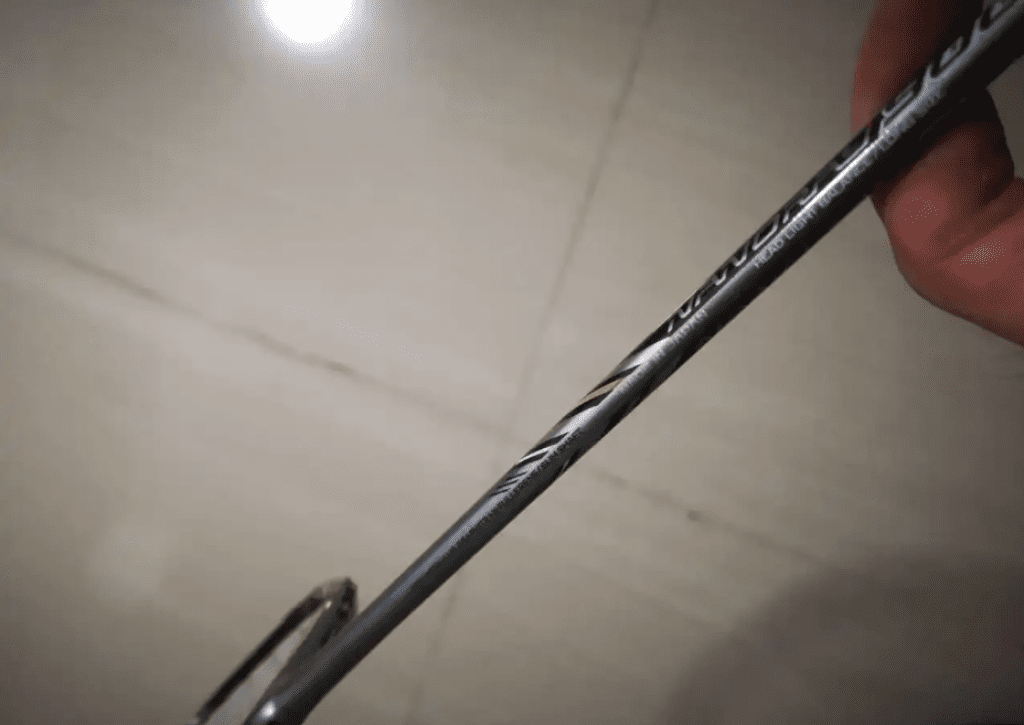
Performance on the defensive end was OK, with flexible and consistent outlet characteristics that were above par in both split-side and soft blocks when picking up kills, but when it came to needing to lend a hand picking the backcourt, it was relatively less easy to pick into place when the overall tuning of the hard was more of a requirement for the user to have a good base of relevant skills and fitness to allow for a more adequate getaway.
The NR900 also comes with a backhand maneuverability enhancement, again because of the stability, flexibility, and large racket surface, when it is too late to step back to deal with the incoming ball in the overhead area but don’t want to let go of the active situation, you will find that it works wonders for backhand downward pressure, and the power feels good. Although the effect of downward pressure is certainly not as threatening as forehand handling, it is still enough to make the opponent afraid, and for players with poor backhand ability, it can at least be a teaching tool.
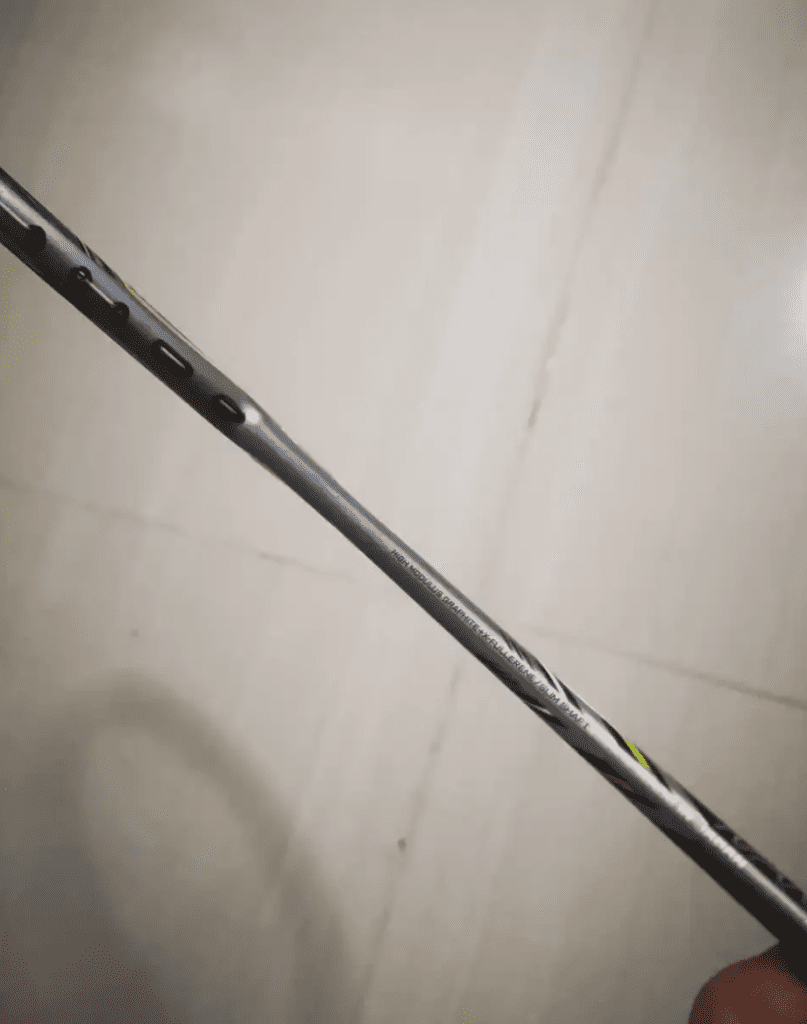
Boss still have the courage, I really underestimated its energy and dominance, for a discontinued racket, in addition to the strong attack in the 3U it embodies the explosive power of a bit of age, the other aspects are still all right, calm and unhurried. The glory of Nanoray has not been erased from it.
After playing a session on the bottom without a shock absorbing membrane, I came home and realized that I had overloaded my wrists a bit. The knee was already in bad shape and this was another big mistake.




